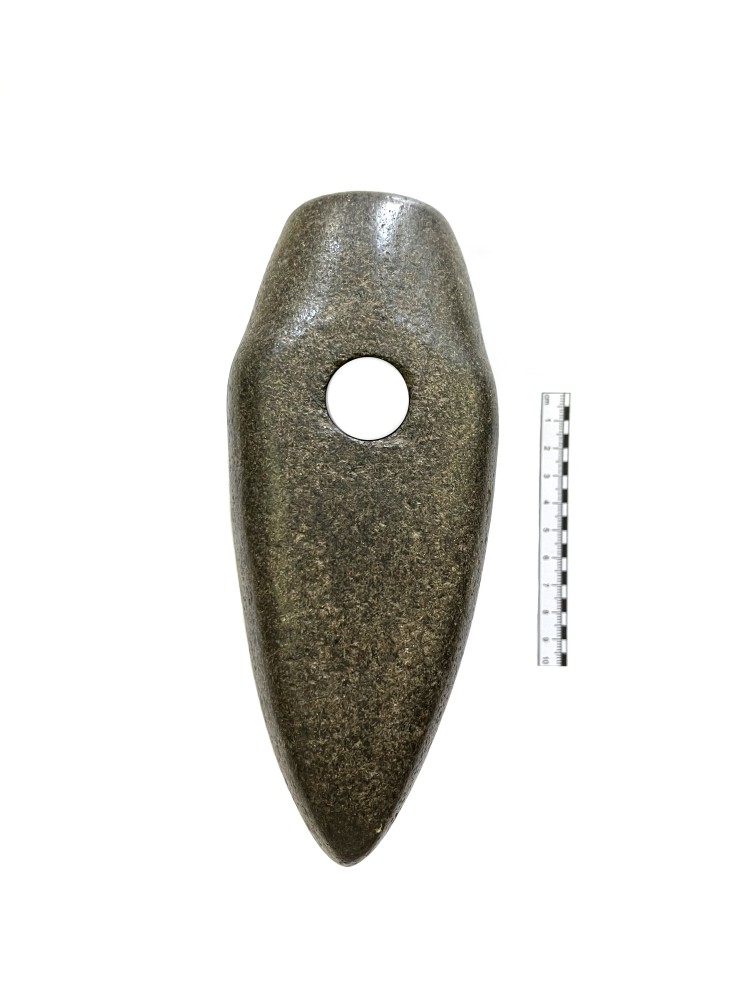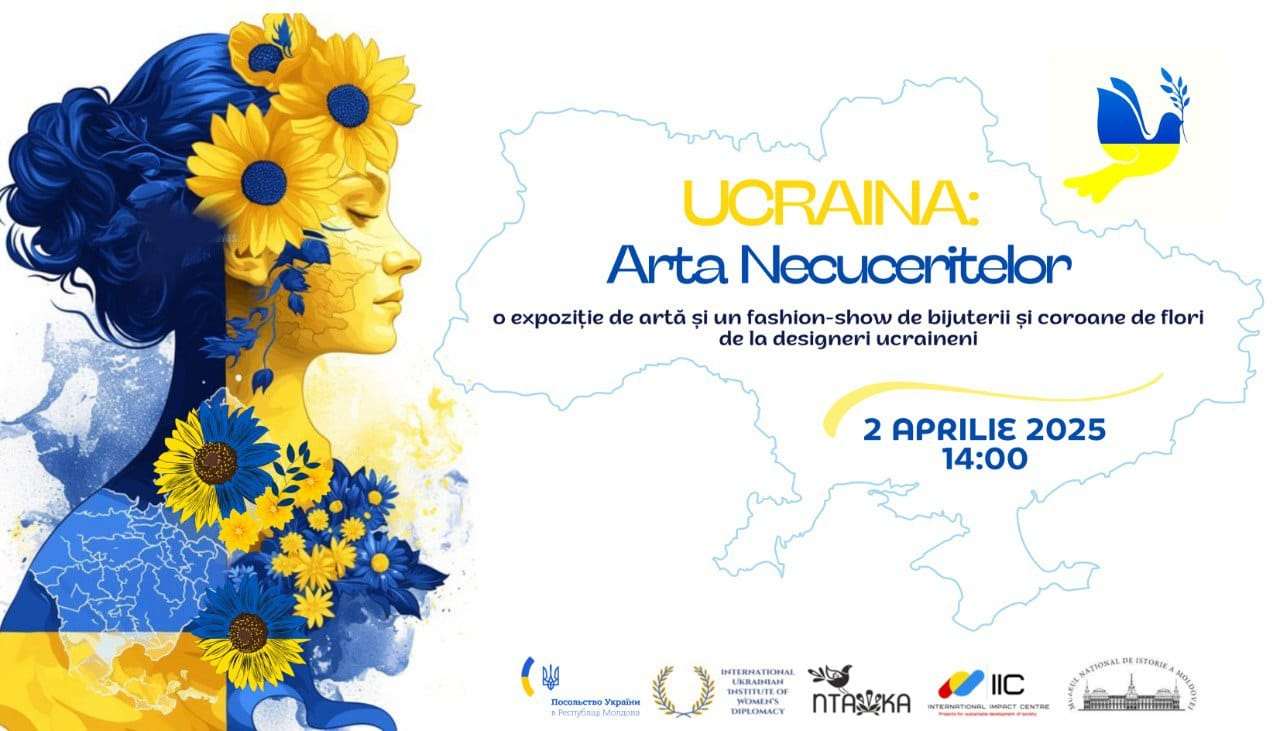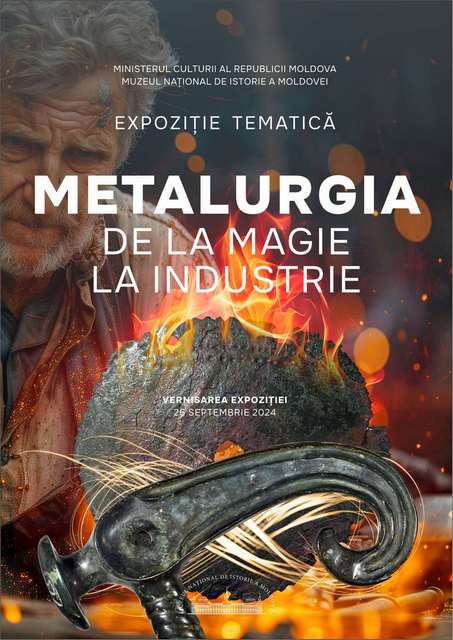  Events Archive Events Archive
National Anthem Day of Romania in the Republic of Moldova
July 28, 2024
On July 28, 2024, the National Museum of History of Moldova hosted an exceptional cultural event titled "The National Anthem, Symbol of Romanian Unity" - the second edition, organized by the YUFest Association. This outdoor opera concert transformed the museum's courtyard into a spectacular stage, bringing together three renowned tenors from Iași: Florin Guzgă, Andrei Apreotesei, and Andrei Fermeșanu. Accompanied by the National Symphony Orchestra of "Teleradio Moldova" under the baton of conductor Andrei Zapșa, these artists delivered an unforgettable recital, capturing the audience's attention and emotions with their outstanding performances. The event was further enriched by other remarkable artistic moments. The model Orchestra of the General Inspectorate of Carabinieri under the Ministry of Internal Affairs of the Republic of Moldova showcased a performance full of vigor and skill, while the CAPRICCIO Children's Choir, led by Mrs. Elena Marian, brought a touch of innocence and purity through the young, talented voices of the youngest artists present. These elements completed a complex spectacle that blended tradition with talent, creating an atmosphere of celebration of Romanian culture and unity. The event was graced by distinguished guests who emphasized the cultural and symbolic importance of this concert. Historian and university professor Adrian Cioroianu, known for his involvement in promoting Romanian cultural values, was among those who expressed their appreciation for this event's initiative. Additionally, the Mayor of Iași, Mihai Chirică, attended the event, further strengthening the cultural and friendly ties between Iași and Chișinău, two cities that share a common history and a valuable cultural heritage. The presence of these personalities highlighted the significance of the moment and reinforced the message of unity and cultural collaboration between the two Romanian states. The Minister of Culture, Sergiu Prodan, was also present at the event, underlining the importance of this concert within the context of Chișinău's cultural summer. He emphasized the valuable contribution of the voices from the Iași Opera, stating that the performance is an integral part of the project "The National Anthem, Symbol of Romanian Unity." The Minister highlighted that this concert pays homage to the national anthems of Romania and the Republic of Moldova, symbols of our shared values, history, and identity. In his speech, Sergiu Prodan mentioned that such events are essential for strengthening the cultural ties between the two states and for promoting a common European future based on values of peace, development, and culture.
|






























































